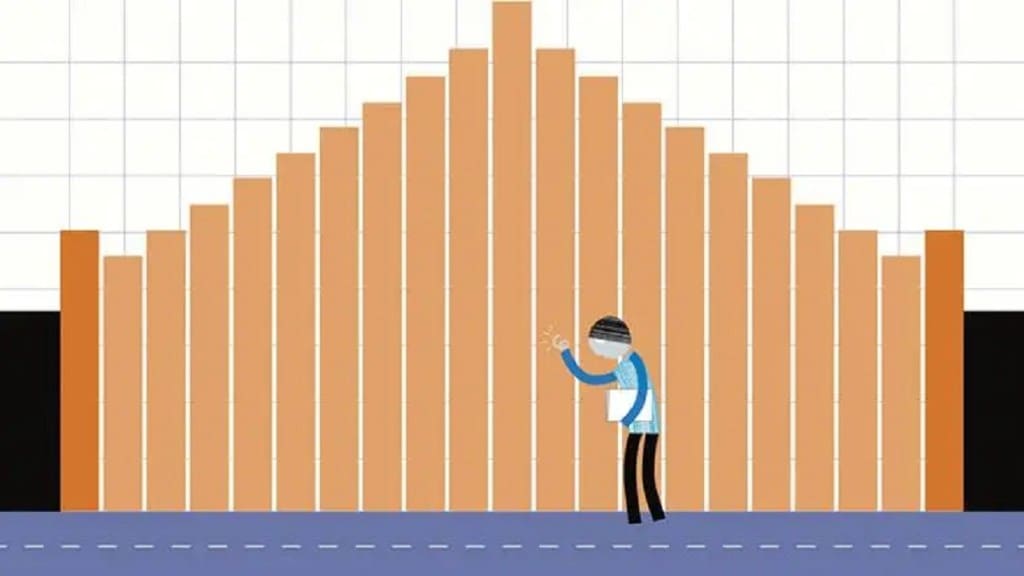The Annual Report of the Periodic Labour Force Survey (PLFS) for the period July 2021 to June 2022 reveals that India’s unemployment rate fell to a five-year low of 4.1% according to the usual status approach. Surabhi explains why the data is worrying once one looks beyond the headline numbers
Has the unemployment rate fallen?
The Periodic Labour Force Survey, which is considered to be the official data for unemployment, indicates that joblessness in the economy has declined during July 2021 to June 2022. However, based on the methodology they follow, different data sets can have different estimates of unemployment.
The Centre for Monitoring India Economy’s (CMIE’s) all-India monthly unemployment rate has been ranging anywhere between 6.96% (July 2021) to 7.83% (June 2022), and had touched a high of 8.32% in August 2021. The difference between the PLFS and CMIE data lies in the fact that the latter uses a much more stringent definition of unemployment.
Why CMIE monthly data shows unemployment as being high?
The Consumer Pyramids Household Survey (CPHS) of CMIE considers a person to be employed only when the person is employed for the better part of a day. The PLFS uses two measures—the usual status and the current weekly status (CWS)—to measure unemployment.
Under the CWS, a person is considered working or employed if he/she worked for at least one hour on at least one day during the seven days preceding the date of survey. Under the usual status, a person is considered to be employed if they were engaged in some economic activity for 30 days or more during the reference period of 365 days preceding the date of survey. CMIE’s estimates of unemployment have been growing in relevance for understanding the jobs picture in India.
Pandemic impact on labour force
The Economic Survey 2022-23 had said employment levels in urban and rural areas have recovered to pre-Covid levels. But the PLFS data reveals that the workforce continues to remain under pressure, with a large number of people still in agriculture and self-employed.
The share of workers earning a regular wage of salary, which is considered to be the best form of employment, was at 21.5% in 2021-22, only marginally higher than 21.2% in 2020-21. It was much higher at 23.8% in the pre-pandemic year of 2018-19.
The share of self-employed has risen to 55.8% in 2021-22 from 55.6% in 2020-21 and 52.1% in 2018-19. The share of helpers in household enterprises has also risen, indicating more unpaid family work. This is likely to have impacted women more as their share of unpaid work would have gone up.
Reverse migration during Covid and other trends: Why employment data remains important
The share of agriculture sector in providing jobs still remains high at 45.5% in 2021-22 as against 42.5% in 2017-18 and 45.6% in 2019-20. Some migrant workers have gone back to towns and cities, but a large number of workers still remain in villages, either out of choice or due to lack of jobs. Manufacturing has, however, seen some reversal with a share of 11.6% in 2021-22 as against 10.9% in 2020-21 in total employment. However, it still remains low compared to the pre-pandemic 12.1%. The construction sector, too, has seen some recovery with its share in employment at 12.4% in 2021-22.
For any government, data on the labour force is necessary to gauge the impact of its policies on the ground level. Creation of jobs is an important criterion for economic growth and indicates whether policies are having the intended impact. It further helps to understand the sectoral distribution of the workforce and how productive each sector of the economy is based on its output and the workers employed in it. The latest PLFS annual report will also come in handy in understanding the workforce classification as a fresh Census exercise has been delayed.
